By John O’Ceallaigh
A disclaimer: I seem to be innately predisposed towards Ashford Castle on the Galway-Mayo border in the west of Ireland. I grew up an hour away in Galway city and on each of my stays I have been totally charmed by the service (sincere and gently gregarious, never grating); the grandeur of the property (one of the most impressive castles in Ireland, it dates from 1228); and its majestic setting on the edge of Lough Corrib and the cusp of Connemara, a particularly scenic part of the country. It is somewhere I recommend constantly to friends who want to enjoy the best of Irish hospitality.
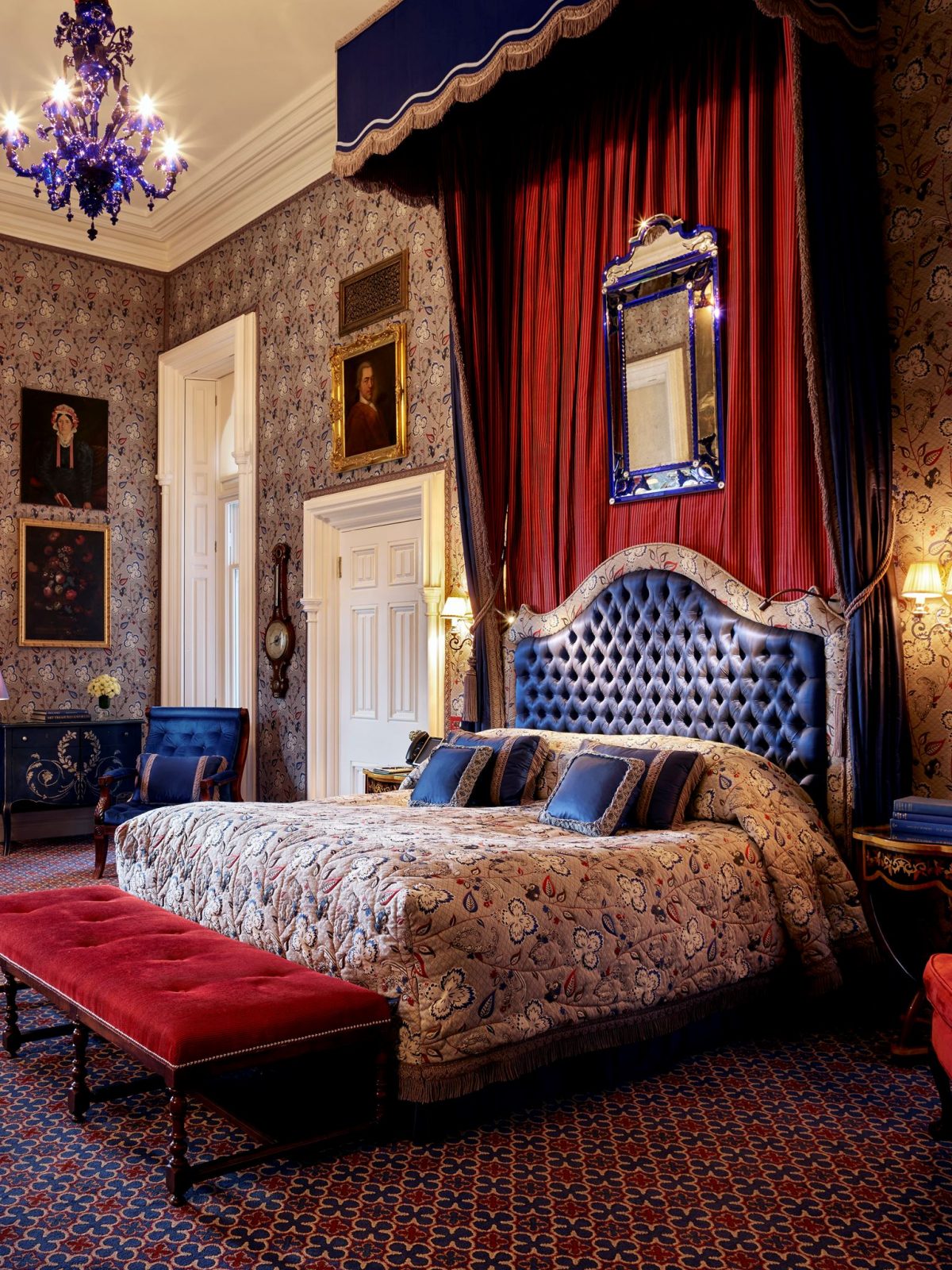
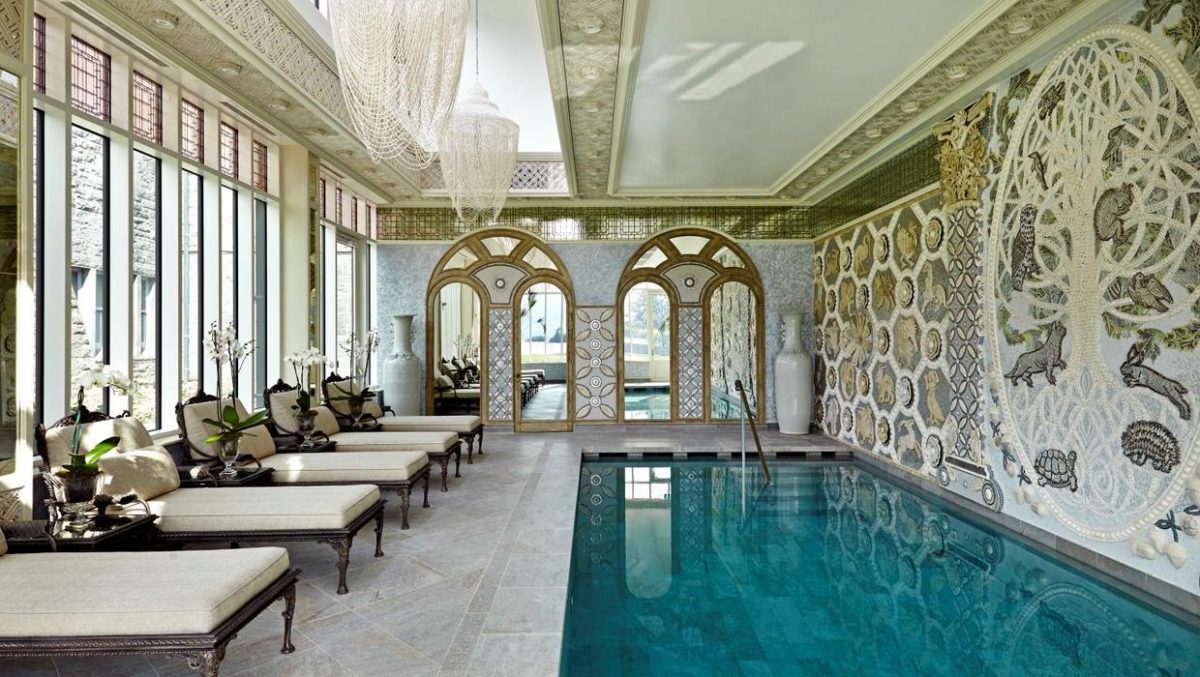
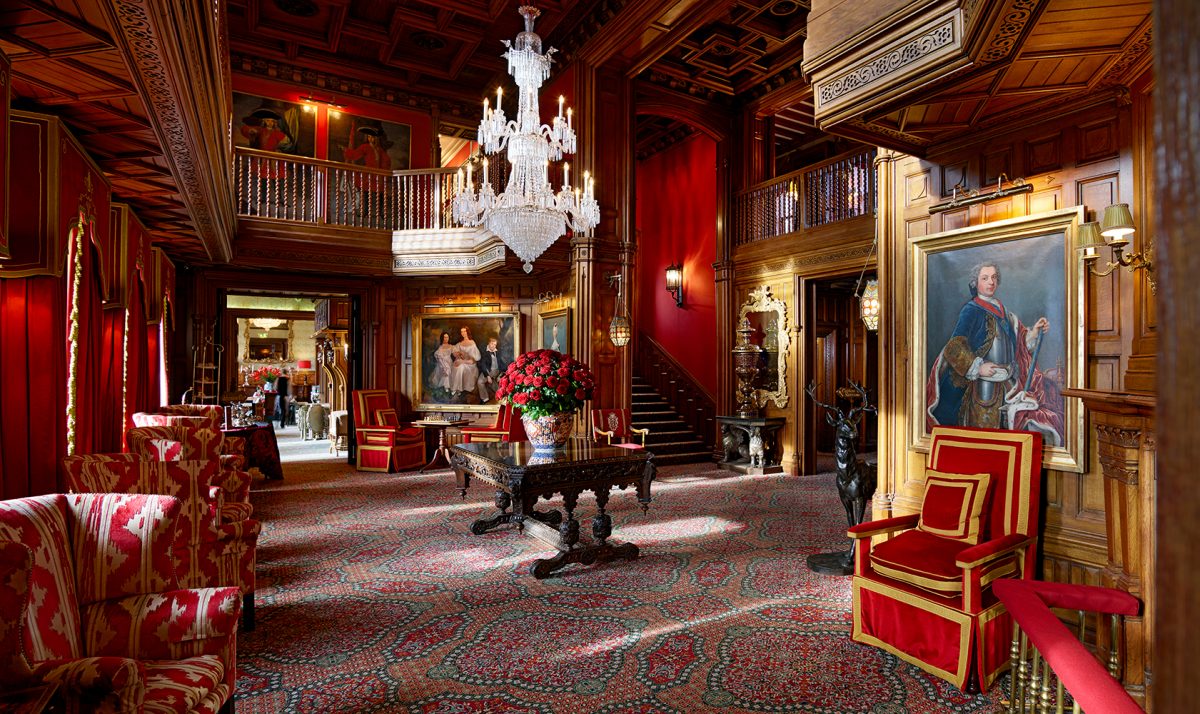
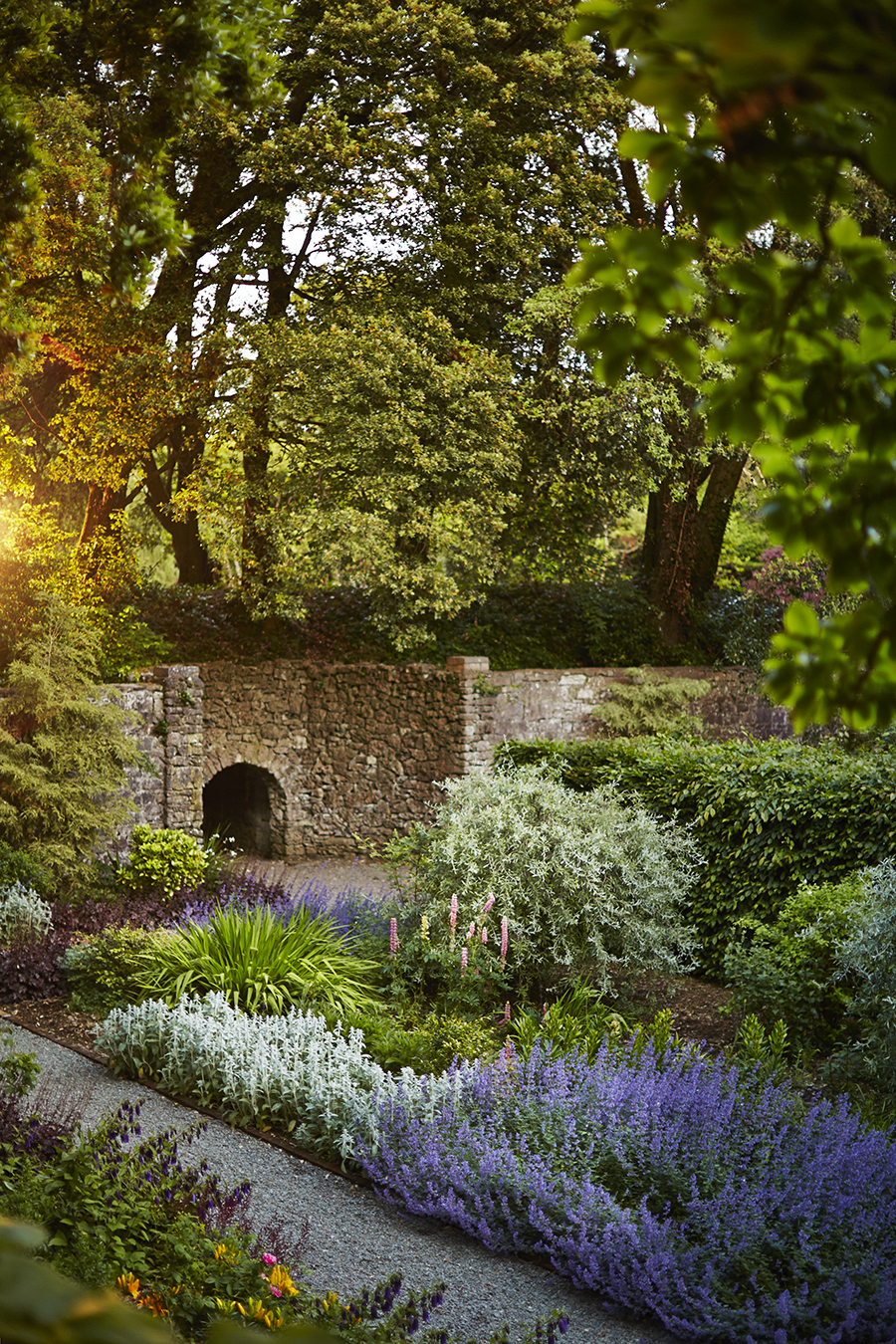
That said, on my most recent visit in March 2020, just before the Covid crisis shut everything down, I was still taken aback by just how much thought has been given to its newly launched programme of Taste of the West of Ireland Extraordinary Experiences. (I was reviewing the programme for The Telegraph and also wrote this piece about it.) While so many tour operators and hoteliers market ‘authentic, local experiences’ as part of their offering, the end result can often be contrived, schmaltzy, completely disconnected from reality or just plain boring. Ashford Castle has sidestepped all that. Though some finessing is still needed, the team’s approach could be considered something of a masterclass for others looking to craft cultural immersions that really connect with travellers.
As a consultant I often advise travel brands on ways they can develop authentic experiences that are appropriate to their stature and setting, and the offering at Ashford makes for an interesting case study on how to do these things properly. Let’s take a look.
The concept
Alongside sister properties in the Red Carnations Hotels portfolio, in 2020 Ashford Castle launched an Extraordinary Experiences programme that would aim to provide access to distinctive locals showcasing particular aspects of Ireland’s heritage: its craft and design, its food and drink, its music and storytelling tradition, and its landscape. Over a day, a small private group comprising from two to six hotel guests, accompanied by a driver and guide, would have the opportunity to visit three local practitioners (from a pool of 32 partners spread across the counties of Galway, Mayo and Clare) for immersive introductions to their practice and studios.
That might mean visiting one of Ireland’s foremost seanachaí (storytellers) or a harp maker in their own home for a private recital of Ireland’s national instrument. Alternatively, the morning might start with an introduction to a local ceramicist, her work inspired by the Connemara landscape, for a tutorial in her craft, and then joining a local forager at their home on Aughris Beg peninsula before plucking seafood from the shore and cooking lunch together.

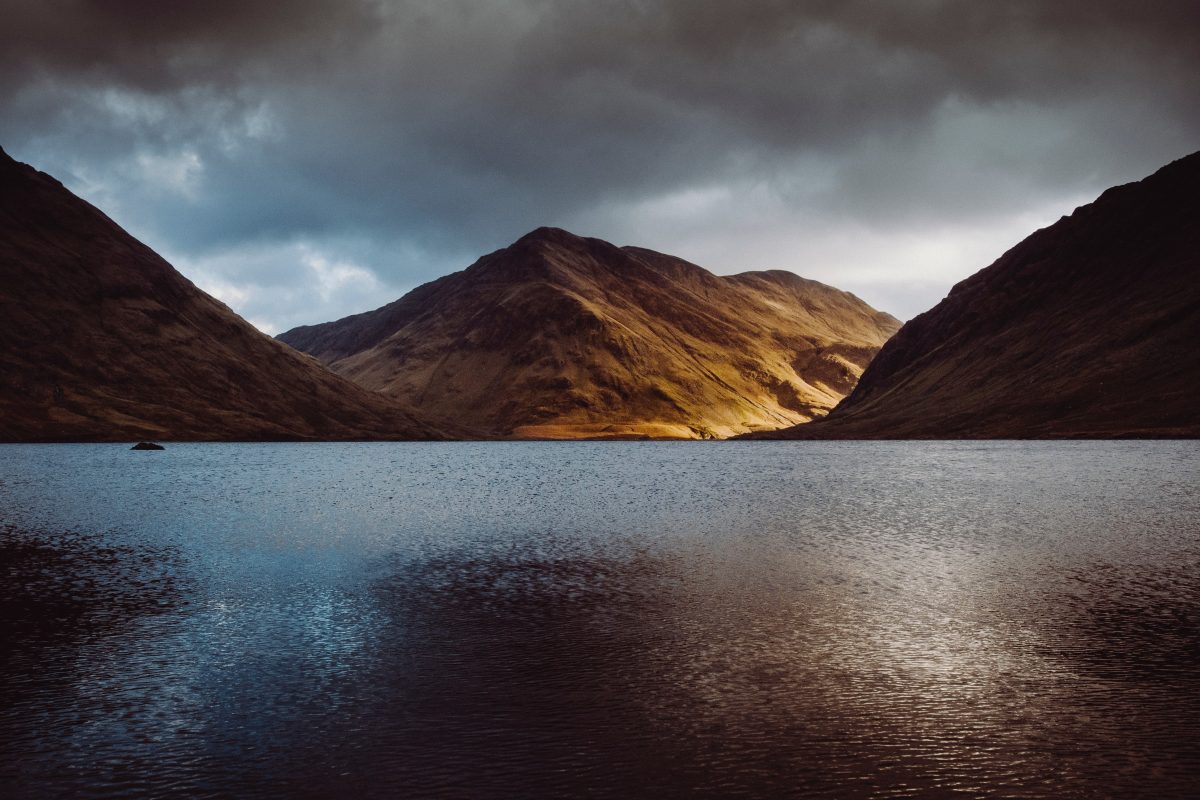
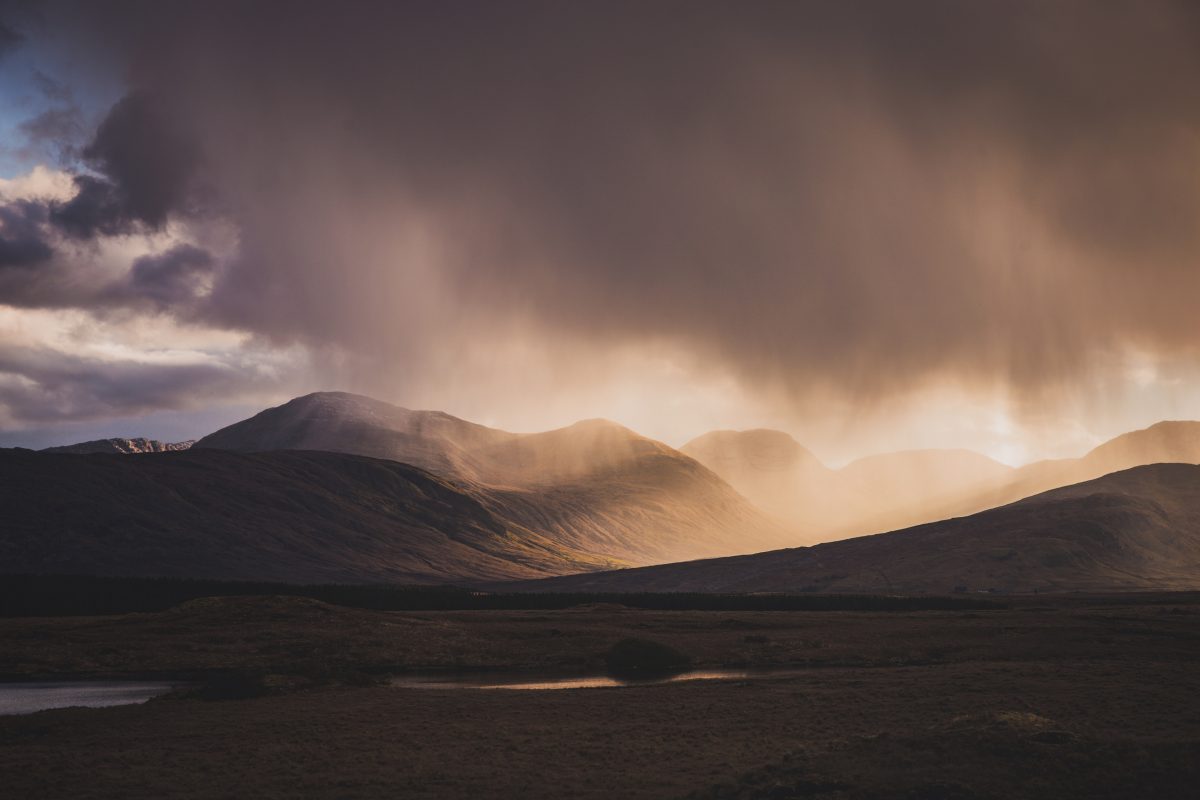
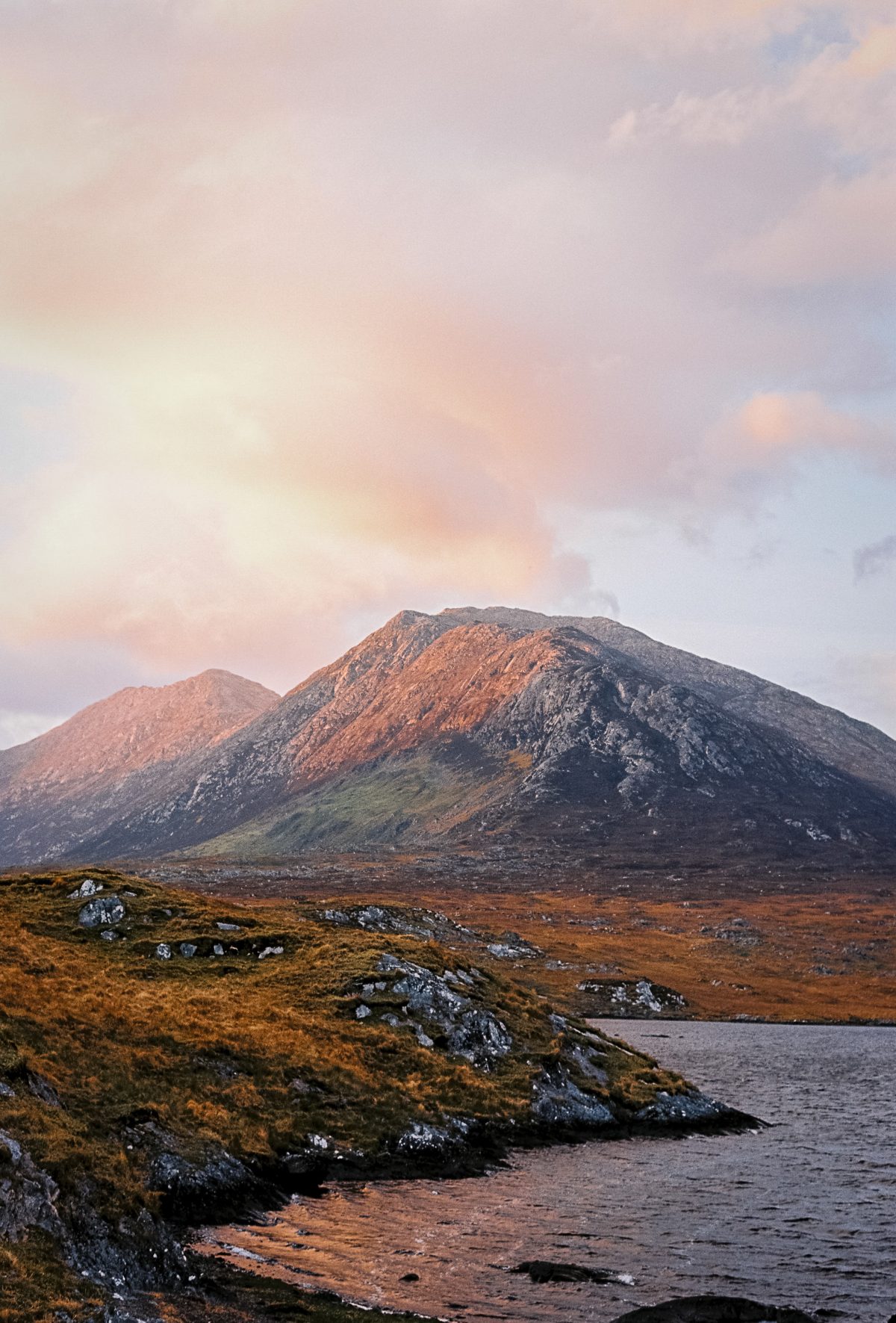
My experience
To develop the programme, Ashford Castle’s in-house team collaborated with local guide Eoin Warner, an oracle on all things relating to Irish folklore, language, history and culture, and it was clear to me fairly quickly that together they had developed an intuition for prising brilliance out of activities that could, if handled differently, have been completely banal.
My morning started with an attempt at making Irish soda bread. This is one of the simplest of breads to bake – if your ingredients are to hand, prep takes about seven minutes – and I tend to find luxury hotels’ attempts at cookery classes patronising and tedious at the best of times. Had we made it in Ashford Castle’s well-equipped kitchens I doubt the activity would have made much impact.
Instead Eoin, an English friend Jo, our driver Ray and I made our way to a 200-year-old converted church, home to a baker called Orla who welcomed me into her warm kitchen as her Irish wolfhound dozed by the turf fire. We spoke about the broader social significance of soda bread, a quick, cheap staple made in every Irish farmstead at a time when crushing poverty was rampant and food was scarce. Everyone’s granny still seems to make the dish regularly, and it is imbued with more emotional significance and nostalgia than many foreign visitors to the country might realise. We discussed all this over homemade lemon cake and Orla’s toasty, here’s-one-I-made-earlier loaf as my own bread’s soothing aroma unspooled from the oven. It was a convivial, calming morning (revelatory, too, at times for Jo who had been understandably oblivious to the bread’s significance to Irish people) that was completely without artifice or pretense. It just felt really lovely.
From there, it was onwards to the family home of Teresa Roche of lauded Kylemore Farmhouse Cheese, a company she set up to revive the fortunes of her family’s farm upon returning to Ireland after many years working as a nurse in Australia. After a tour of her small factory’s gleaming facilities and its fragrant cheese cellar, we settled for a homemade lunch around the family dining table, chatting as we all tucked into a proper Irish feed of local lamb, still-steaming spuds and veg, followed by apple tart and as much Kylemore cheese as we could handle. There was a sincerity, conviviality and everyday normality to our reception and the generous meal cooked for us by her mother that is so seldom permitted into the ordinarily hermetically sealed world of luxury hotels. The warmth of the welcome really moved Jo and me.
Incapable of eating more at that point, I didn’t have capacity to completely submit to our final stop, the emerging Ivy House Chocolates company founded by passionate chocolatier Marta Ryan. We appreciated her enthusiasm, and generosity with samples, though here the link specifically with Ireland’s culinary heritage wasn’t as evident and a sense of place wasn’t as successfully established.
Here a stroll through the surrounding countryside did prove noteworthy, however. By a holy well within a sodden field, Eon pointed out a subtle cluster of smooth white stones, indicating a ceallunach which would otherwise have entirely passed our notice. The name refers to the forlorn burial sites of unbaptised babies, sad relics from an older Ireland where such unfortunates weren’t allowed to rest in consecrated graveyards. That discovery proved the catalyst for a frank conversation about the less whimsical facets of Ireland’s complicated past, another unvarnished discussion that stayed with me and again set this day away from the sometimes enforced frivolity that can typify hotel days out.
Why it works
Were I to relive this experience, I would mix culinary activities with other themes simply so I could eat less over the course of the day. I mean, I could have chosen to eat less on that day too but it was all there before me and I’m a glutton – there was simply too much food to work through during my day-long excursion. While they might not stand out to visiting Americans, a key market for Ashford Castle, everyone else is likely to find Irish food servings very generous. Otherwise, there are many facets of Ashford Castle’s approach that really impressed me. I reference some of them below.
The experiences: the portfolio is impressively balanced, incorporating activities that chime as true, creatively conceived distillations of key facets of Irish culture to locals like me but which will likely prove unfamiliar and illuminating to foreign visitors. It would be so easy to puff out programmes with Guinness-supping stereotypes but the team has endeavoured to showcase something far less obvious, be that a one-to-one music session with an uilleann pipes maker or a masterclass in Irish woodwork from a contemporary carpenter.
The people: Ashford’s partners are independent operators who don’t collaborate with any other property and – given the expense of these outings – are likely to welcome hotel guests only infrequently. ‘Authenticity’ may be one of the most tiresome buzzwords going, but when it really is evident you can appreciate its value. The people I met weren’t jadedly rehearsing the same old schtick to countless tour groups. They were real experts and raconteurs who are privileged to have discovered their vocation and are proud to share it.
The novelty of true intimacy: this take on luxury is one that really appeals to me. While there was nothing conventionally grand about our individual encounters, the whole day was tailored entirely to us, remained completely private and retained a very subtle sense of exclusivity. The hospitality seemed truly heartfelt and, as I mentioned above, the likes of our farmhouse lunch with Teresa’s family is a memory that I will hold in far greater affection than many Michelin-starred meals I’ve had recently.
The team: Eoin was an exceptionally capable and knowledgeable guide, while Ray was a charismatic, effortlessly friendly driver. They engaged with us confidently and made the occasionally long drives another pleasant part of the experience. They showed flexibility and intuition too – after deducing we were interested in archaeology and history, Eoin arranged a spontaneous pitstop at a little-known cairn, an ancient, abandoned burial ground believed to be almost 5,000 years old. I appreciated their candour too – their depiction of life in Ireland was affectionate but realistic.
Contribution to the community: with every hotel bleating claiming they are committed to supporting their local communities, this is an initiative that puts that into practice without being preachy or, to coin a phrase, virtue-signally. It was evident to us that the relationship between all involved was mutually beneficial and respectful, and there’s no question that suitably impressed Ashford Castle clients will have the financial capacity to support these independent businesses directly and significantly if they like what they encounter. I’m sure they will.
Ashford Castle’s Taste of the West of Ireland Extraordinary Experiences itineraries cost from €2,500 for two people and then €250 per additional guest. Rates include transport, guide and lunch. B&B rates at Ashford Castle cost from €325.
For more more on what to see and do in the country visit ireland.com.







